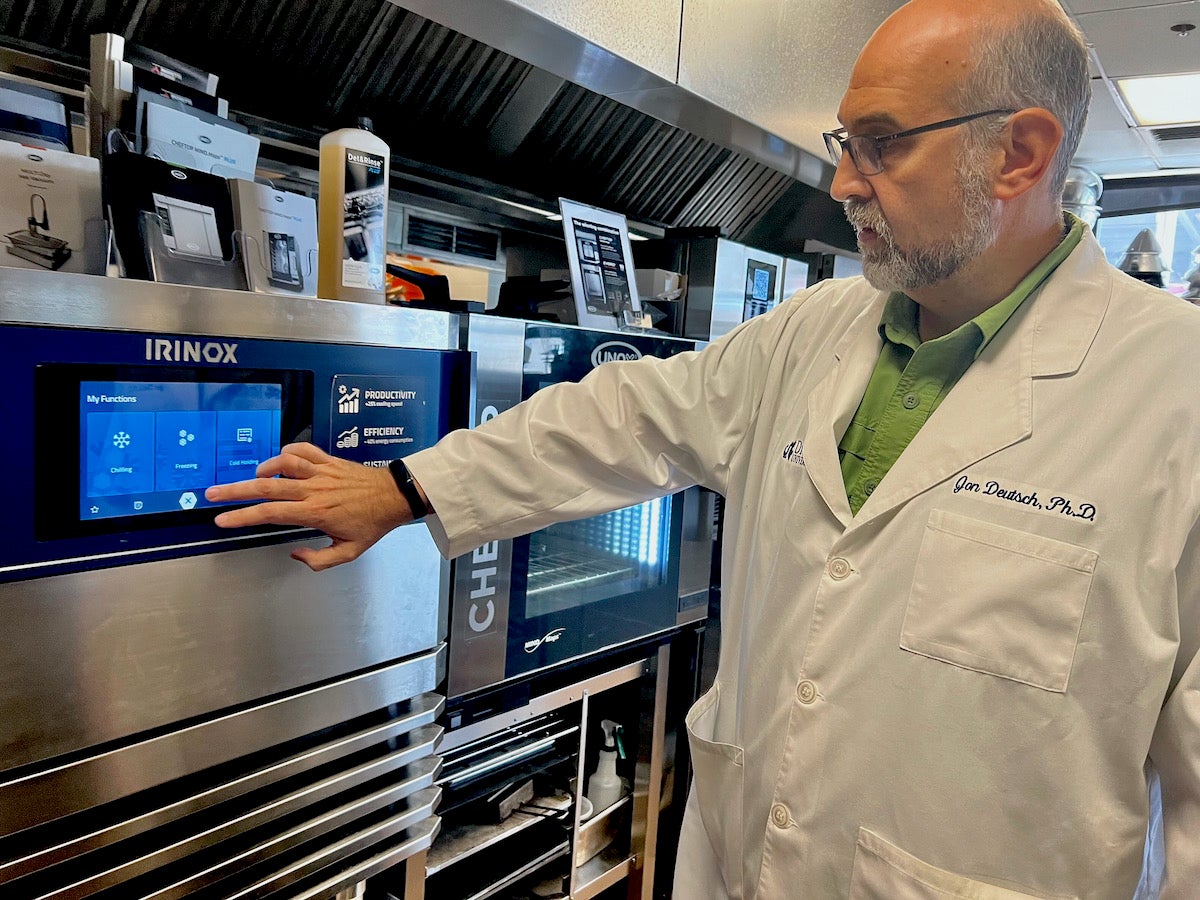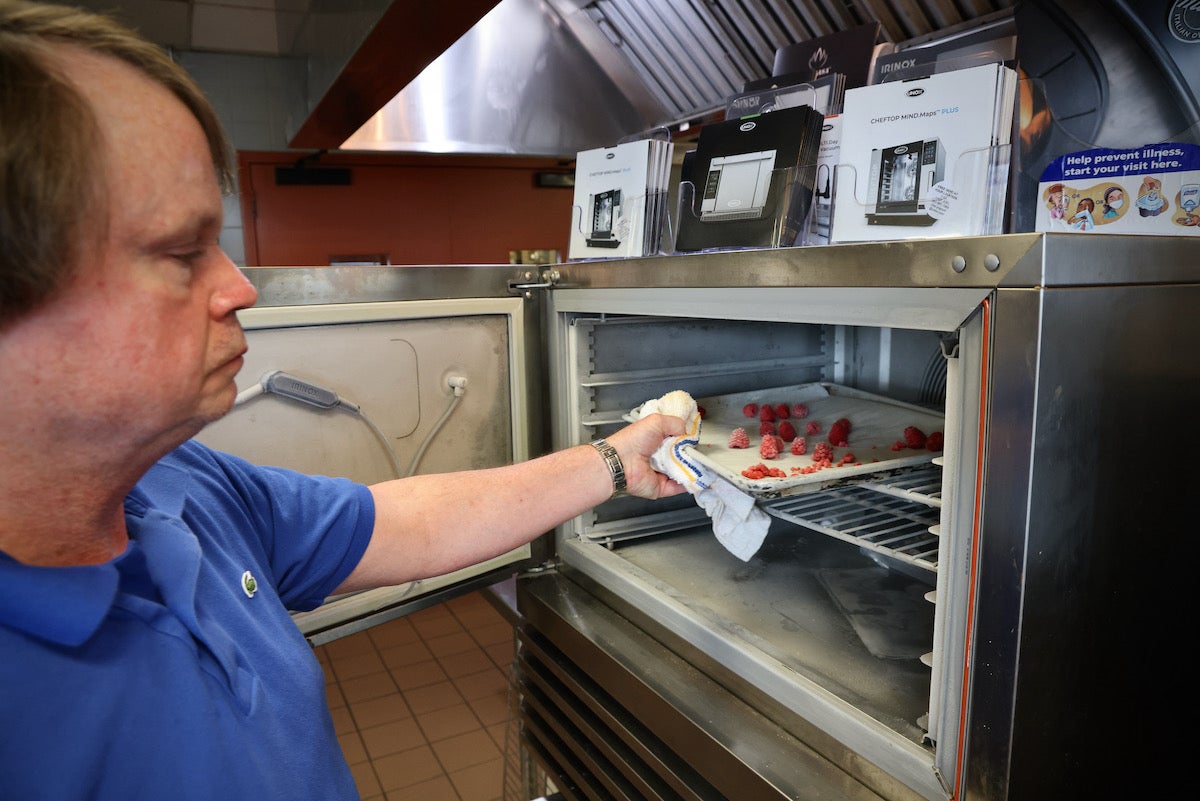The To ensure quality, the fish must be flash frozen immediately after it arrives at the store, Amar added.
While a typical freezer stores food at -18°C, blast freezers can cool down to -30°C. They also freeze food much faster than a regular freezer, said Jonathan Deutsch, professor of culinary arts at Drexel University in Philadelphia.
“You’ve probably experienced this at home: you put something in the freezer, check it an hour later, and it feels cool but isn’t frozen solid,” he said. “There’s nothing wrong with that. But from a food quality perspective, the faster you freeze something, the better.”

In a blast freezer, Deutsch said, smaller ice crystals form and do not destroy the cell wall structure of the food. He said this process ensures that the texture of the food remains intact and the natural properties of the food are preserved – improving overall quality.
Most importantly, freezing foods to lower temperatures faster improves food safety, Deutsch said. In the so-called “danger zone,” bacteria counts can double in just 20 minutes when foods are between 40°F and 140°F.
“Food, whether it’s fish, meat, fruit or vegetables, is actually decaying tissue. It’s cut off from its source of life and it spoils,” Deutsch said. “Sometimes we want to encourage that decay. When we make cheese or something, we want that aging process to happen in that fermentation process. And sometimes we want to prevent that. Freezing really slows down the chemical and physical processes of decay.”
He said this method of food storage is often preferable to the “fresh” seafood that customers find in the grocery store – much of which is already frozen.
“They are thawed in the store because consumers believe that chilled, so to speak, fresh seafood is somehow better than frozen,” he said. “And in fact, the opposite is true: Frozen seafood is better for quality and safety reasons.”
Blast freezers aren’t just used for storing seafood. Pastry chefs use them to preserve the texture of their products, and some cooks use them to prepare meals for the entire week, says Matt McKenney, who sells blast freezers to businesses and chefs throughout the Philadelphia region.
In a kitchen at Drexel University, McKenney freezes raspberries to demonstrate the power of flash freezing technology. When he takes the fruit out of the -30°F freezer, they are hard as rocks.
“We feel like the product is hard, but if you squeeze it between your fingers, it crumbles. But it doesn’t crumble into mush,” McKenney said. “Every single section and every little round segment of the raspberry is different.”
McKenney calls it “raspberry caviar.” No juice drips from the raspberries.

Raspberries placed in a regular freezer lose the liquid normally contained in the cell wall structures, he explained.
McKenney has experimented with blast chillers himself. During the pandemic, he co-founded a blast-frozen pizza company called Pizza Freak Co. He said he doesn’t need any preservatives for his pizza and described it as having restaurant-quality flavor. Customers who buy the blast-frozen pizza can store it in their home freezer.
“We often refer to flash freezing foods as freezing them for a specific moment. Beyond that, they no longer spoil,” said McKenney.
However, these blast freezers are not yet widely available and can cost thousands of dollars.
McKenney said they are more common in Europe, where there are stricter standards for frozen foods.

